Categories

True Crime in the Tudor Era: Part 2
Rulers of the Tudor era mastered public punishments and executions, taking advantage of the public’s fascination with crime to create show-stopping spectacles with long lasting effects for all who bore witness.

True Crime in the Tudor Era
Public fascination with true crime is anything but new. Violent murder ballads printed anthologies of homicidal violence, public punishments, and executions attended by thousands were all part of daily life in Tudor England, and rulers depended on it.

The Gunpowder Plot: Guy Fawkes and a Plan to Blow up Parliament
On the night of November 4-5 1605, Guy (Guido) Fawkes was caught in the cellars of Parliament under the House of Lords sitting near 36 kegs of gunpowder. Dressed in riding gear, he was discovered by Sir Thomas Knyvett and Edmund Doubleday based on a tip in an anonymous letter.
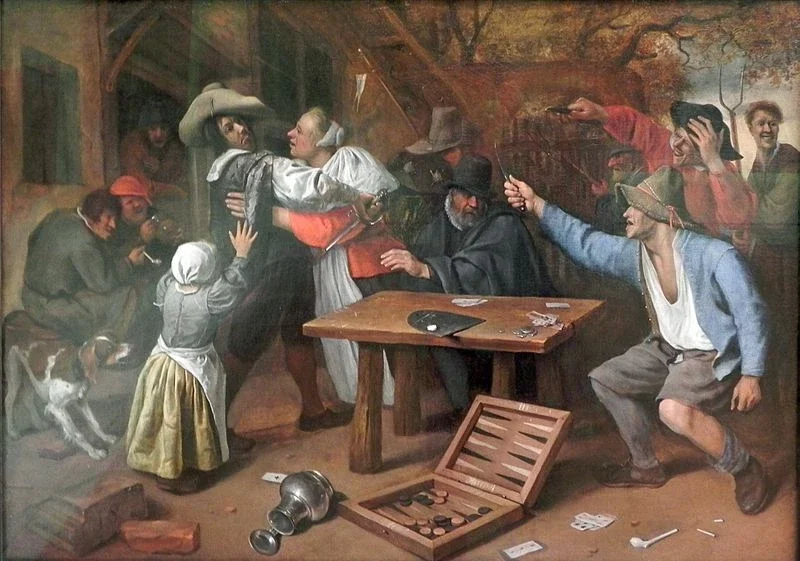
Turning Point: Changes in the Courts and Law in Tudor Stuart England
What was going on with the legal system during the reign of the Tudor and Stuart royalty? England has some of the oldest legal records in the world. Prior to the 16th and 17th centuries, common law dominated court proceedings.
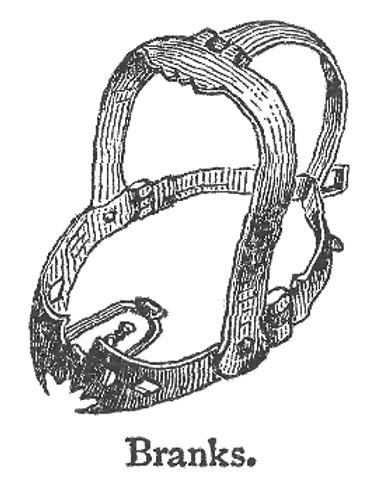
Does the Punishment Fit the Crime?
If you were convicted of a crime in Early Modern England, what would be your fate? Just like today, it would depend on the crime. Because of some of the more infamous cases during this time, you might have the impression that the judgements were always harsh.
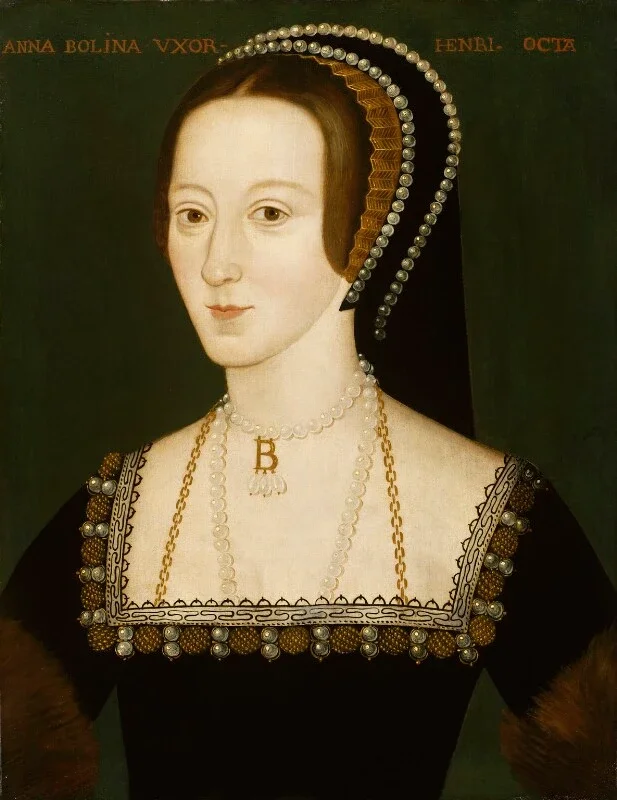
Was the Trial of Anne Boleyn a Set-Up?
Henry VIII pursued his second wife, the young Anne Boleyn, for years while he was married to Catherine of Aragon. He and Anne married secretly in 1533 while Henry was still married to Catherine. What, then, motivated the trial of his beloved Anne?
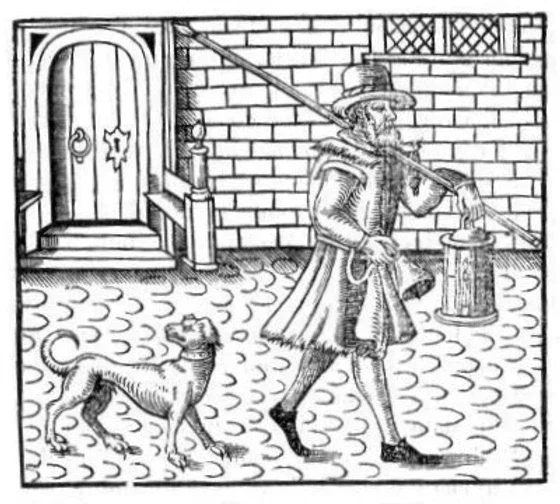
Law Enforcement and Court Officers
Who were the people who were responsible for keeping order in the court. There are some positions that would be familiar to us today. But when we are talking about these jobs, keep in mind that all of them were filled by men in the community.
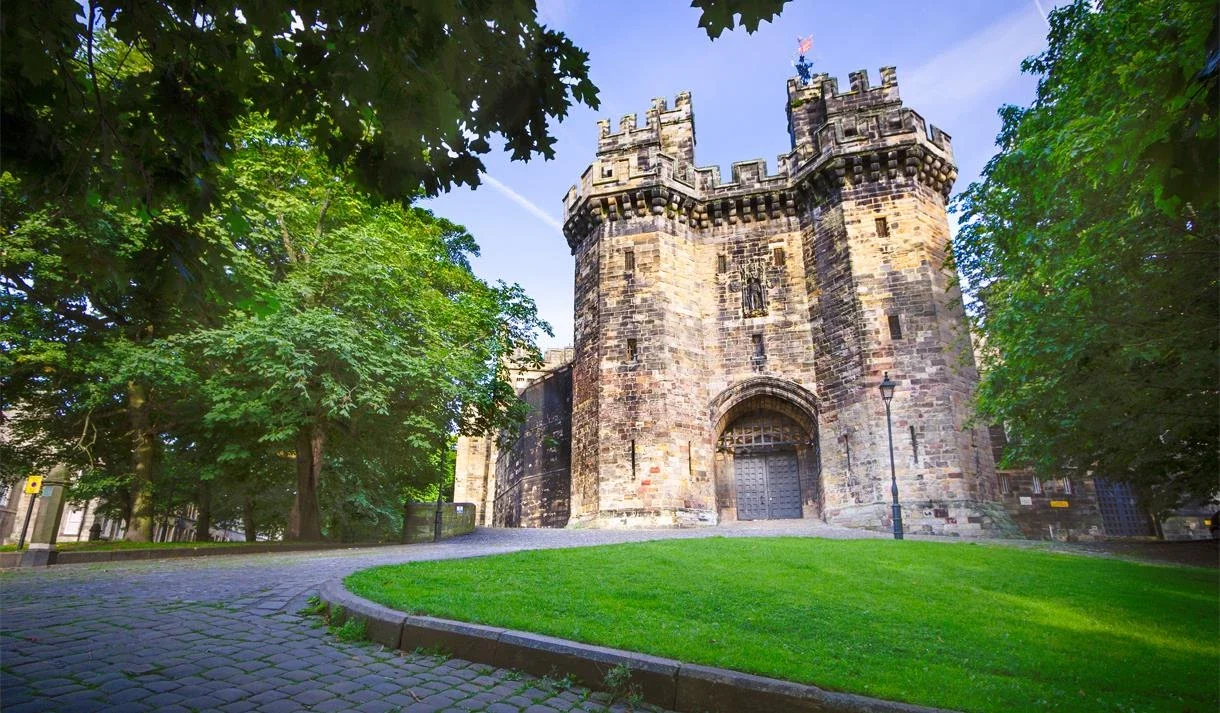
The Trials of the Pendle Witches: The Assize in Action
The trials of the most of the Pendle witches took place at the Lancaster Assizes at Lancaster Castle before two judges, a jury, and witnesses.
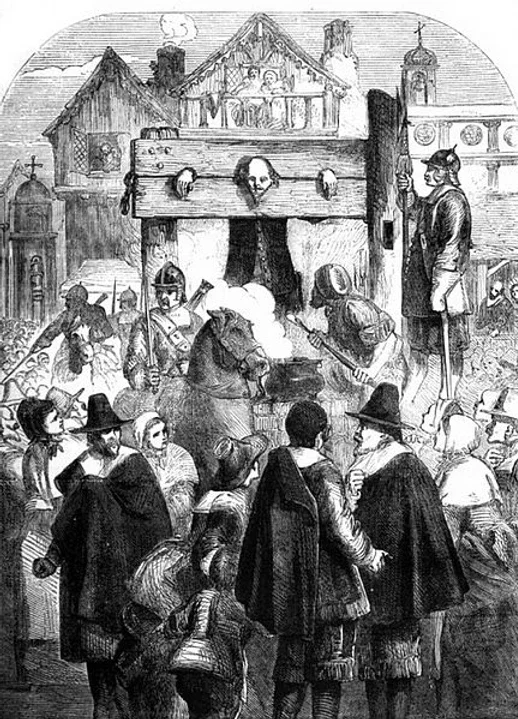
Jury Duty: What are Your Verdicts?
We don’t have the verdicts for these cases near Agecroft. Let’s discuss how the jury might have voted based on the records we have for similar cases.

Speak for Yourself: Legal Personalities
Who could speak in court? If we look at the Tudor Stuart legal landscape, we would quickly see that many people did not have a voice in the system.
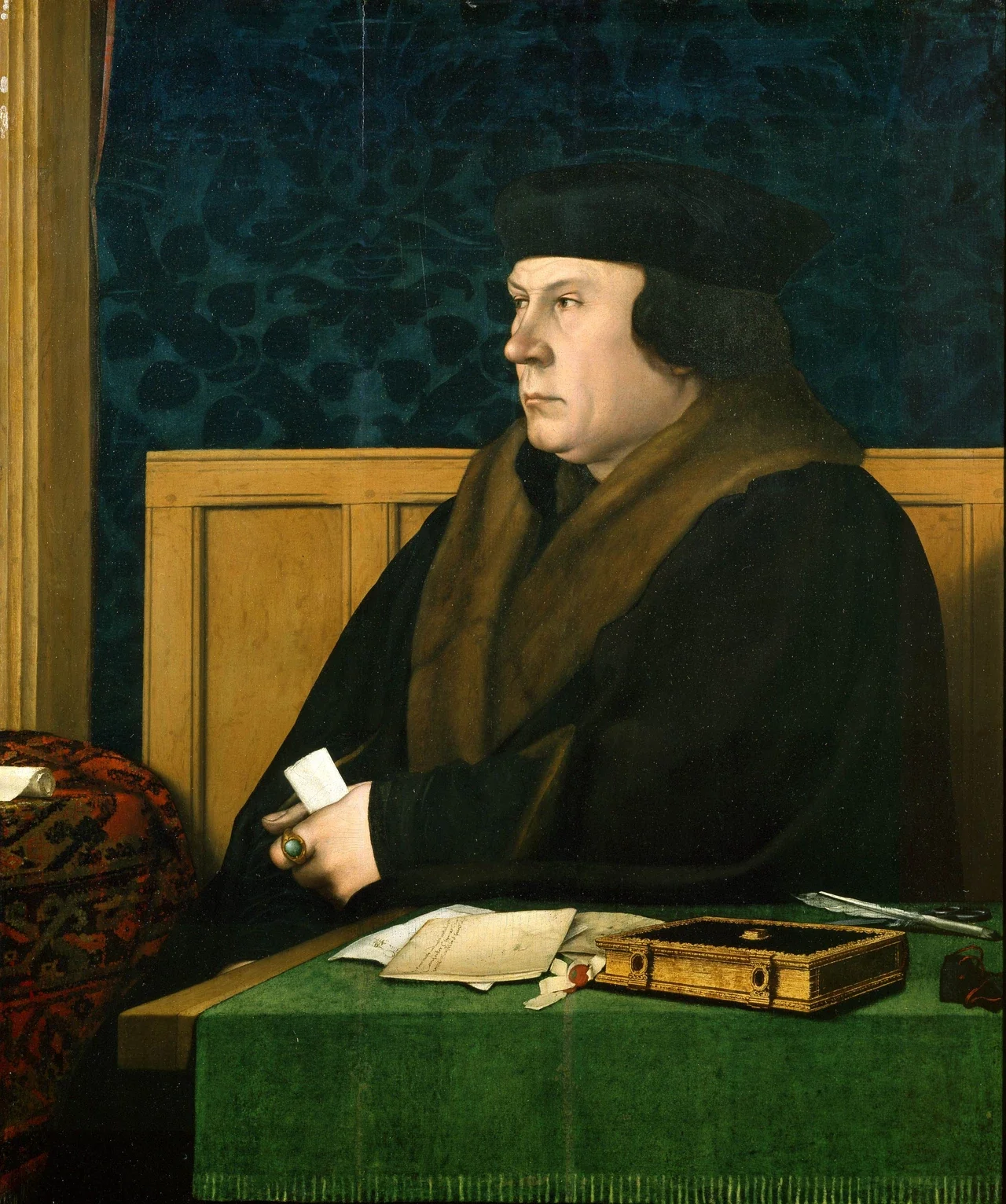
What was a Lawyer's Role In Early Modern England?
Did lawyers in Early Modern England serve the same function that they do in today’s courts? The answer is both yes and no. Lawyers were key to a person who was appealing a verdict.

Elizabeth’s Cousin: Mary, Queen of Scots
Though they were cousins, Queen Elizabeth I and Mary, Queen of Scots never met. Ultimately, Mary was a threat to Elizabeth’s throne.

A Man Caught Between His Religion and His Sovereign: The Trial of Sir Thomas More
“I die the King’s good servant, and God’s first.” These words were uttered by Sir Thomas More on July 1, 1535, before his sentencing for treason. It had taken the jury only 15 minutes of deliberation to bring a verdict of “guilty”.

Raising a Stink: Dunghills in 17th Century Lancashire
In one of the cases from Agecroft Hall, we heard the story of Nicholas Birdsall, who was brought before the Leet because of the dunghills on his property. This might seem like a case of a man being uniquely irresponsible.

Changing Times: Local Courts Adapt to Early Modern England
The leet and manorial courts were important to everyday people in keeping their lives in order. These courts allowed these folks to make petitions about violent behavior, economic abuse, and control over shared spaces.

Jury Duty: The Cases
Agecroft Hall was an important manor in Sanford Hundred, Lancashire County. Because of this, we know that leet or manorial courts would have been held there. Unfortunately, the records we have for the cases are incomplete.

Caring for the Needy: Poor Relief in Lancashire
The population explosion during this era led to an increase in the number of people seeking poor relief. Since the Catholic Church was not longer in a position to provide help, the poor were turning to the government for help.

Courts Near Agecroft Hall: The Quarter Sessions and Leet Courts
Quarter sessions handled petty offenses with limited civil jurisdiction. Unpaid Justices of the Peace presided over these sessions (usually two JPs) with a chairman and a jury. Sessions usually lasted about 3 days and handled minor offenses as well as preliminary hearings for more serious crimes.

Jacques Francis: Salvage Diver Diving for the King
On July 19, 1545, Henry VIII’s warship the Mary Rose was lost within minutes of leaving dock. About to take action against a French invasion, it sank while the King watched. Built between 1509-1511, she had seen 34 years of service and was a pride ship of Henry’s “Army by the Sea.” Of the 400 - 500 seamen aboard, most lost their lives that day.
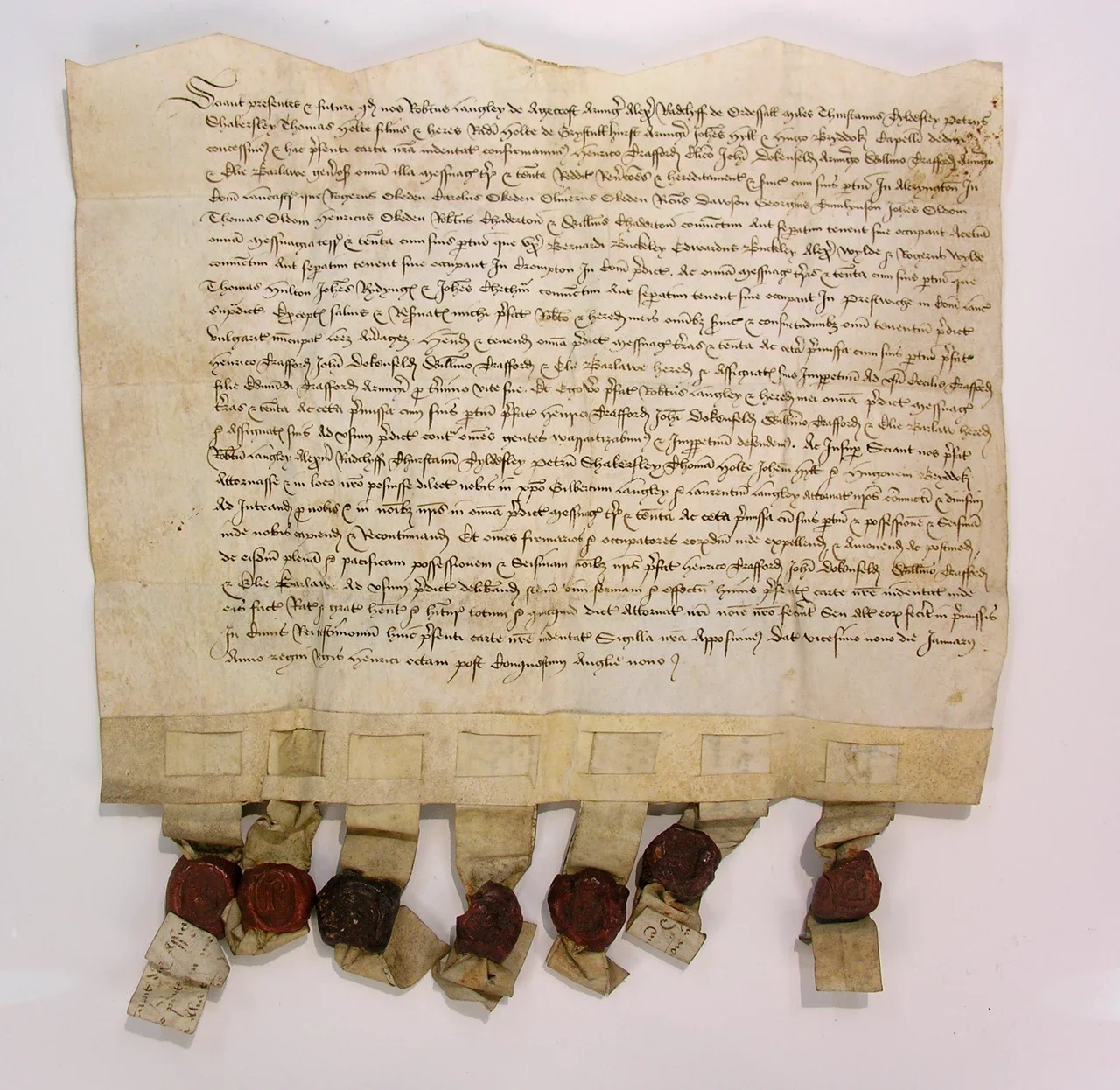
Building a Legal System: Common Law Vs. Statutory Law
If you were living in Tudor-Stuart England, what would the law look like? First, let’s talk about what we mean by law. Generally, we are talking about a set of rules that govern our future behavior.
